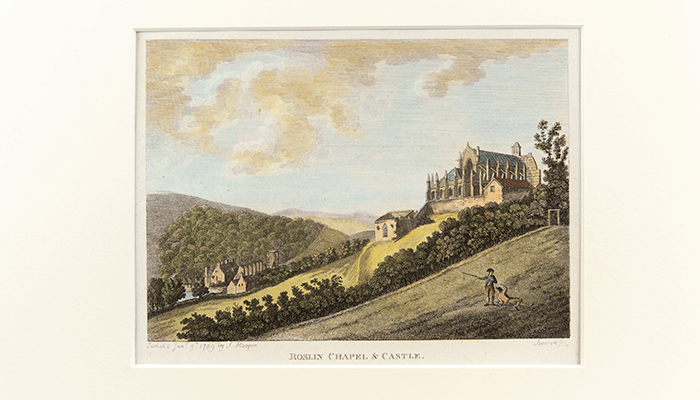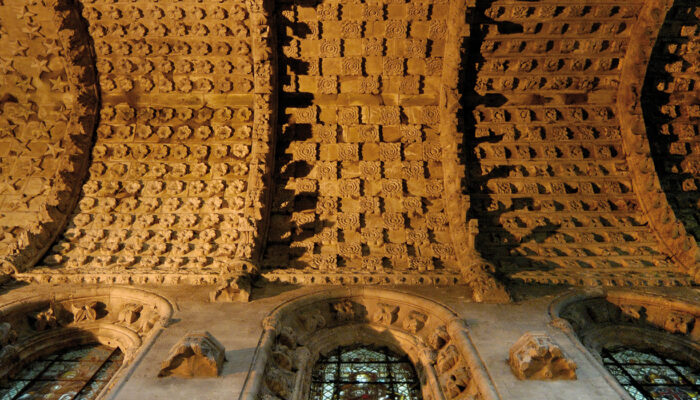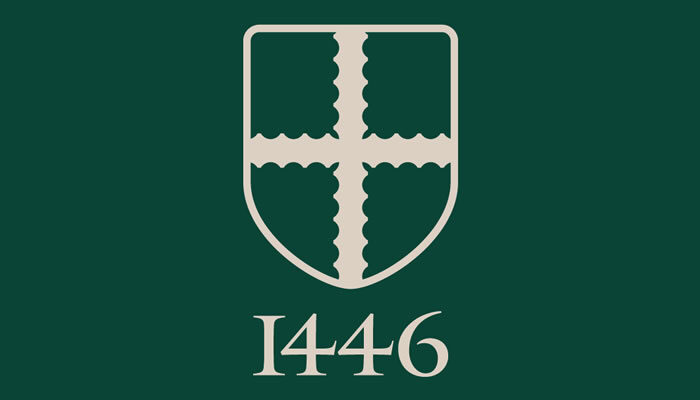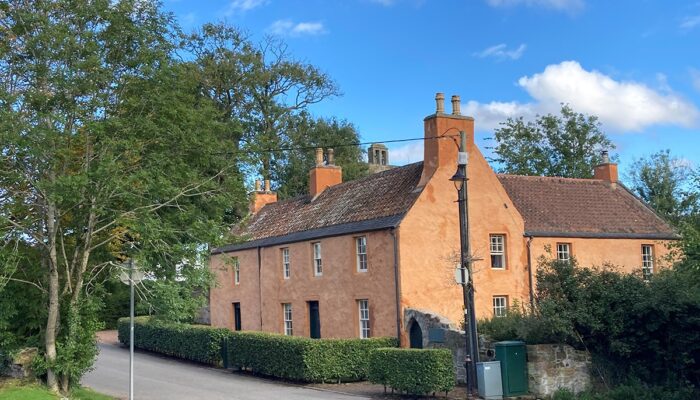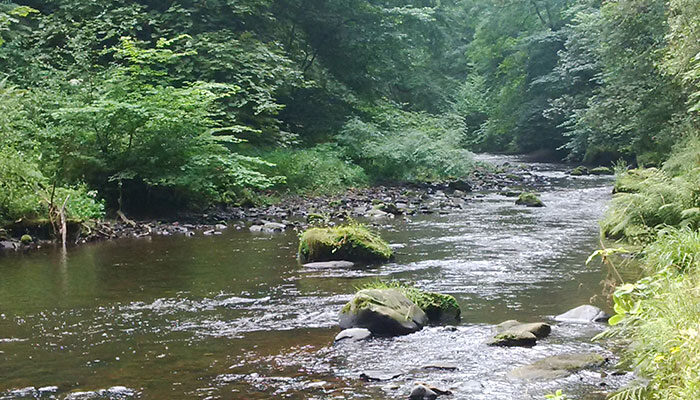
Rosslyn Chapel Timeline
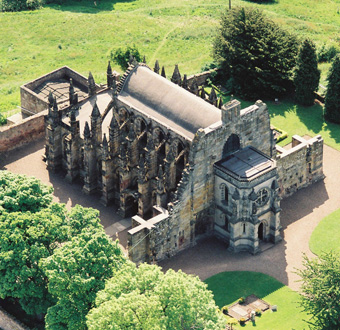
1446
William St Clair, 3rd Prince of Orkney, begins to build Rosslyn Chapel
Dedicated in 1450 as the Collegiate Chapel of St Matthew, William St Clair founded the chapel for his family with a staff of a provost, six prebendaries and two choristers. Collegiate chapels like this were intended to pray for the soul of the founder and to spread intellectual and spiritual knowledge. Rosslyn's extraordinary architecture and carvings have also inspired generations and meant its fame has endured over the centuries.

1484
William St Clair, founder of Rosslyn Chapel, dies
He is buried in the Chapel and it is thought that building work was ceased at this time, leaving the Chapel in the form you see today. However, a much larger cruciform building may have been planned.

1571
The endowments for Rosslyn Chapel are seized as the effects of the Reformation begin
The Chapel's provost and prebendaries were forced to resign as a result and in 1592 Oliver St Clair was ordered to destroy the altars of Rosslyn, it is being described as a 'house and monument of idolatrie'. After the altars were destroyed, the Chapel ceased to be used as a house of prayer and subsequently fell into disrepair.

1630
Sir William Sinclair of Rosslyn is granted the charters from the Masons of Scotland
This confirmed the St Clairs as traditional Grand Masters of the Masons of Scotland.

1650
Oliver Cromwell's troops sack Rosslyn Castle
The Chapel was spared, although it was used for stabling the troop's horses. In the same year, Sir William Sinclair of Rosslyn died at the Battle of Dunbar. He is believed to be the last knight buried in full armour in the vault below the Chapel, said to be the family custom.

1736
Sir James Sinclair glazes the windows of Rosslyn Chapel for the first time
He also relaid the floor with flagstones and repaired the roof. These are the first known concerted efforts at preserving the Chapel since the altars were destroyed almost 150 years earlier.

1780
The artist Alexander Nasmyth and poet Robert Burns visit the Rosslyn area
The wild landscape and overgrown ruin of the Chapel, and their romantic associations, meant Rosslyn became a muse for poets, writers and artists alike in the 18th and 19th Centuries. In 1805 Sir Walter Scott wrote the Lay of the Last Minstrel, a poem about the engaging myth that the building appears as if on fire the night that a Rosslyn baron passes away.
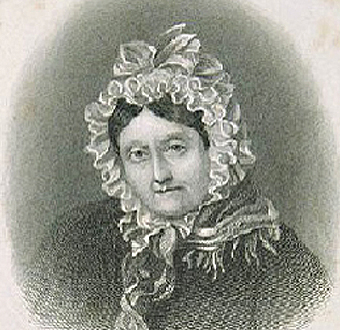
1803
Dorothy Wordsworth visits Rosslyn Chapel and pronounces the architecture 'exquisitely beautiful'
William Wordsworth accompanied his sister on this trip and returned on a further two occasions, once sheltering from a storm there. Seeing the derelict stone interior and carvings covered in green foliage while storm crashed outside inspired the poet to write the sonnet 'Composed at Roslin Chapel during a Storm'.
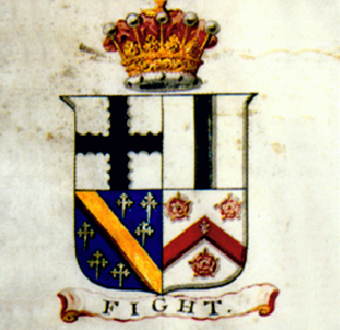
1835
'The Genealogie of the Sainte Clairs' is published
Father Richard Augustine Hay's mother married a member of the St Clairs and in 1700 he completed a three volume study of the family. Since 1835 the original documents and charters he studied have disappeared and so this account is the most detailed record of the St Clair family history we have to date.

1842
Queen Victoria visits the Chapel
She described it as being in an 'excellent state of preservation' and wrote in her diary 'It was built in the 15th Century & the architecture is most beautiful & rich.'
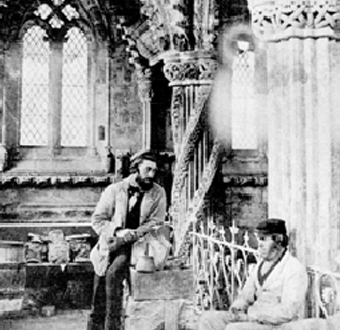
1862
Rosslyn Chapel is rededicated by the Episcopal Bishop of Edinburgh
Restoration work carried out by the architect David Bryce on behalf of James Alexander, 3rd Earl of Rosslyn, made the Chapel useable again. Sunday services consequently began at the Chapel for the first time in over 200 years.

1995
The Rosslyn Chapel Trust is formed to care for the Chapel
A conservation report confirmed that the roof covering and coatings on the carvings had caused water to become trapped in the stone, allowing green algae to grown on the interior surfaces and damaging the stonework. In 1997 the Trust erected a canopy over the Chapel to protect the walls from the elements, and allow the stonework to dry out slowly and naturally.

2003
The Da Vinci Code by Dan Brown is published
Dan Brown's novel The Da Vinci Code is published. Seen by some as controversial, the book's main characters find themselves at Rosslyn Chapel and, as a result, the Chapel itself comes to worldwide attention. Since its publication, an estimated 80 million copies have been sold, making The Da Vinci Code, one of the best selling books of all time. In 2006, a film based on the book was made, with scenes filmed at Rosslyn Chapel.

2007
Rosslyn Chapel is awarded £4.9 million in funding from the Heritage Lottery Fund and Historic Scotland
This grant, together with money from the Rosslyn Chapel Trust, allowed for major conservation work to the Chapel and the development of extensive new visitor facilities to get underway.

2012
Rosslyn Chapel gains a royal seal of approval
In May, the Earl and Countess of Rosslyn welcomed Her Royal Highness The Duchess of Rothesay to the Chapel for a service commemorating the completion of the conservation project and the official opening of the new Visitor Centre.

